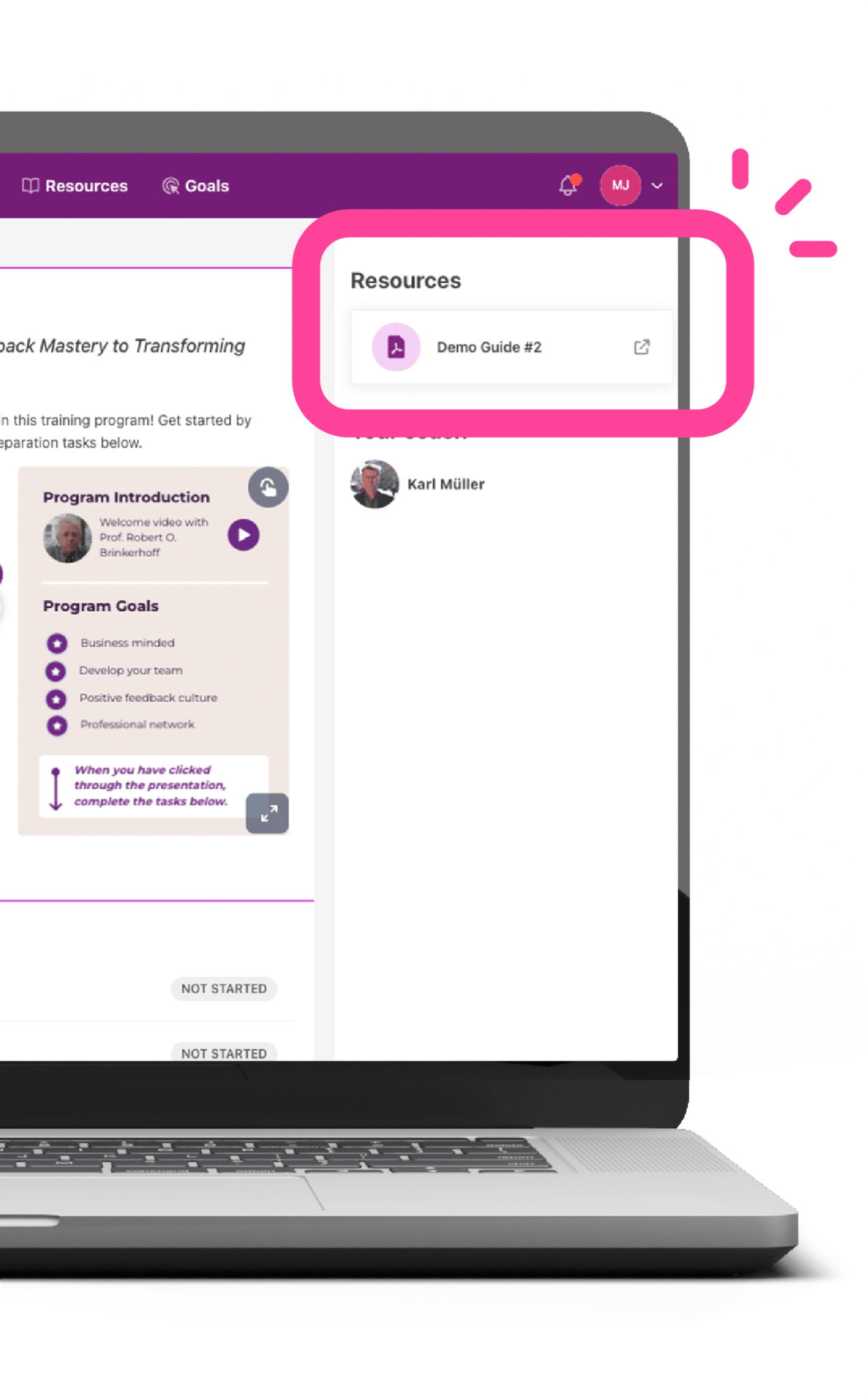The World is being hit by the effects of the Coronavirus, the personal challenges of those who have been infected and the concerns of those who have not yet been. With governments recommending that people work from home and organisations putting travel restrictions into place, we are already seeing the impact that such an outbreak can have on the international community.
The challenges that are currently present for the wider business environment are also reflected in how Learning and Development departments are able to deliver educational initiatives in such situations. By and large, there is still a dependency on not only flying people around the globe for such learning events but also of then gathering groups of people together and putting them in classrooms for at least a few days. Neither of which are ideal, either for the companies or for the participants of such programs.
It is not just health issues that effect the ability of companies to deliver what can be important training ambitions. Economic downturns have also proven a challenge to Learning and Development activities, where once again the costs of holding trainings often leads to them being early victims of any sort of slowdown. The double impact comes because it may well be at such times that such learning and development is most needed, during times of change where there is often time and opportunity to carry out competence development activities.
There is still an over-reliance on the traditional way of doing things when it comes to Learning and Development. The hangover of event-based thinking for many training initiatives still remains. However, event-based thinking has been challenged recently and for good reason. Not least because of resistance both from organisations and from individuals to spending time away from work to participate. The cost of “time away from work” is increasingly challenged, the inevitable backlog of work that needs to be done upon return or the “organisational realities” that take precedence over the luxury of development have become increasingly apparent.
The problem is not insurmountable and technology can come to our aid. It is genuinely possible to turn face-to-face training programs into less intrusive, more flexible, and more performance driven activities. The solution comes not in turning to a new medium but in using a range of media to meet our requirements. This is not about turning face-to-face events into virtual events, or by making all learning standalone eLearning. Instead it’s about using a mix of media to deliver such initiatives to best suit the subject matter, the organisation’s requirements, and the learners’ needs.
The solution comes through two main factors. Firstly, the move from an event to a journey focus. This enables smaller learning chunks to be delivered and subsequent applications to be applied where they matter most, in the work place. This means that a sizeable amount of the development happens whilst at work. Secondly, technology can support this application, it provides a backbone on which to base the knowledge foundation, to deliver theory, enable discussion, filter ideas, and report back on application. Manager support, key to many such learning initiatives, can also be built and garnered throughout the process.
More recently the additional ability of virtual facilitation to replace in many instances the requirement of face-to-face time is an additional and increasingly effective element. Gone are the days of long, laborious lectures delivered via a computer, instead replaced by interactive learning sessions that have been proven to be as effective. What we are seeing is a change in mindset when it comes to how we use virtual, to finally give us a way of really making it work.
Organisations would be well advised to look at how they deliver Learning and Development initiatives to their employees to realise more effective learning outcomes. If not, operational realities may well force their hand. Making this shift is eminently possible but it does require a rethink in the way we design and deliver such programs.
